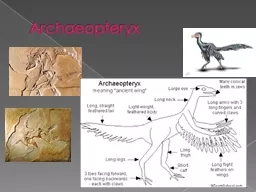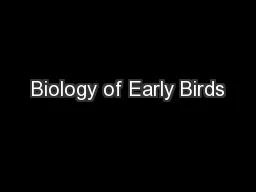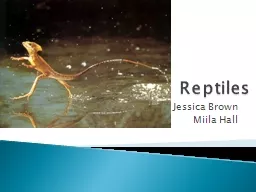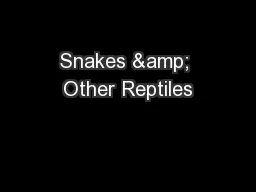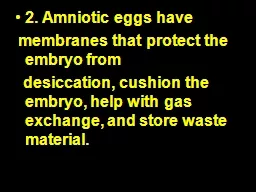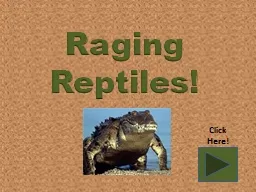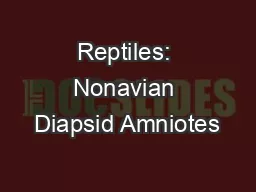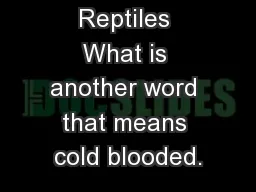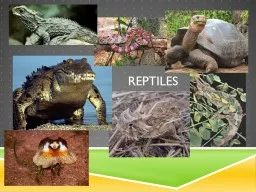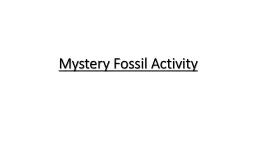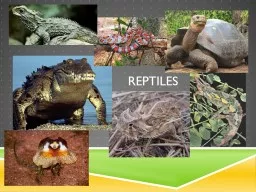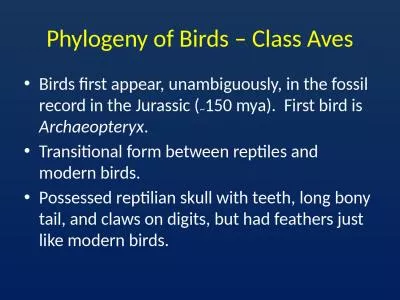PPT-Archaeopteryx Missing link between reptiles and birds?
Author : jane-oiler | Published Date : 2018-10-30
Refutation Two bird species living today the touraco and the hoatzin have claws which allow them to hold onto branches Other toothedbirds are also known to have
Presentation Embed Code
Download Presentation
Download Presentation The PPT/PDF document "Archaeopteryx Missing link between repti..." is the property of its rightful owner. Permission is granted to download and print the materials on this website for personal, non-commercial use only, and to display it on your personal computer provided you do not modify the materials and that you retain all copyright notices contained in the materials. By downloading content from our website, you accept the terms of this agreement.
Archaeopteryx Missing link between reptiles and birds?: Transcript
Download Rules Of Document
"Archaeopteryx Missing link between reptiles and birds?"The content belongs to its owner. You may download and print it for personal use, without modification, and keep all copyright notices. By downloading, you agree to these terms.
Related Documents

